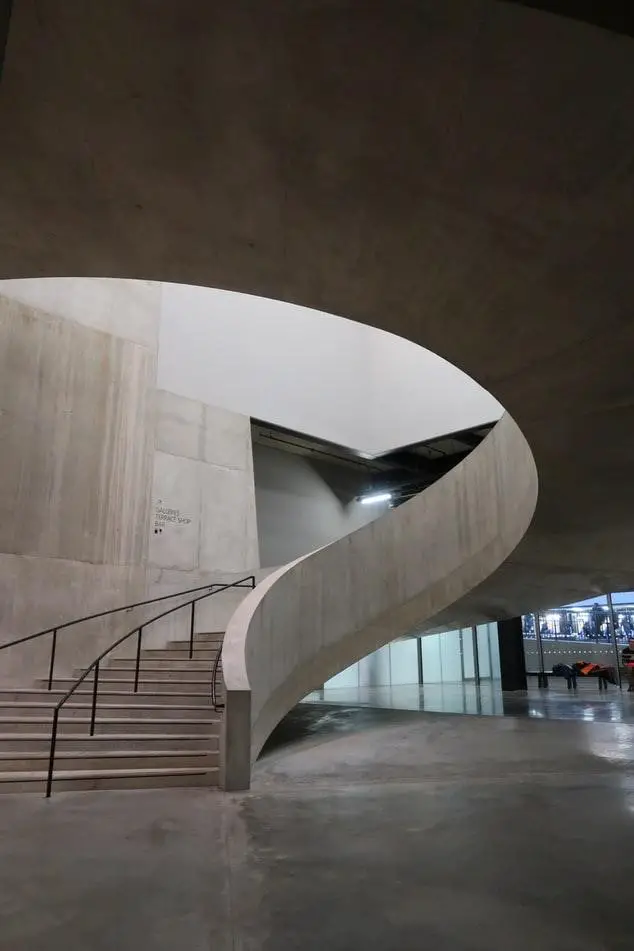When did Modern Architecture actually begin guide, London Crystal Palace building design
When Did Modern Architecture Actually Begin Guide
17 Apr 2020
In school we were taught that Modern Architecture began around the early 1920s, with the rise of prominent architects such as Walter Gropius, Mies van der Rohe, and Le Corbusier. And in a way, the image of their building styles are probably what most people associate with Modern Architecture, sleek geometric boxes of mostly glass and steel.
So, for many years we took this as fact. However, the more we thought about it, the more this seemed questionable. Ongoing developments in technological innovation, changing attitudes of society, and the shifting of architectural theories were gradual process that didn’t always coincide with each other. So when did Modern Architecture actually begin?
When Did Modern Architecture Begin Guide
Modernity is a complicated term to define of course whether in architecture, art, literature, or philosophy. However in architecture, many attribute the earliest beginnings of “modernization” to the industrial revolution, which first took place in Britain from the mid-1700s to mid 1800s.
The development of large scale iron production resulted in a large amount of iron making their way into building by the late 1700s, which resulted in more efficient structural elements, wider beam spans, better lateral stability as well as less fire-hazardous structures due to metal being non-combustible. But of course, while buildings during this time used technologically advanced materials for practical reasons, they still “looked” like traditional buildings, such as being cladded in traditional masonry and adhering to classical proportions and visual styles.
The building that is commonly accepted by many to be the first example of “modern architecture” is the “The Crystal Palace”, which was a 990,000 sqft building that hosted London’s legendary Great Exhibition of 1851. It was almost entirely made of slender cast iron frames that sustained large sheets of plate glass. By the 1830s, technologies of the industrial revolution made it possible for windows to be made significantly larger than ever before.
However, what made the Crystal Palace revolutionary was not only that it was tall, light and open, but it also seemed to defy conventional structural expectations. Prior to this, all buildings were expected to have a solid and sturdy base, with architectural elements getting progressively lighter as it went up the building. This was not only true physically, but also aesthetically.
Classical architectural principals emphasized this hierarchy of visual elements. To design a building that “looked” top heavy not only seem to defy the laws of physics but also defied long-held aesthetic principals of western architecture. The Home Insurance Building in Chicago, completed in 1885, is often credited as the world’s first “Skyscraper.”
Many construction projects in Chicago during this time opted to use metal framing as opposed to timber due to the fact that most of Chicago was destroyed during the Great Chicago fire of 1871. The Home Insurance Building became the first tall building to be entirely supported by a structural steel frame. Steel is even stronger and more light weight than iron, which not only meant buildings could be much taller, but window openings could also be much larger, which is especially important at the ground level where retail shopfronts are typically located.
These early skyscrapers paved the way for modern office towers and retail buildings. So why are we generally taught that Modern Architecture didn’t begin until the early 20th century? Well it comes down to philosophy and theory. Even though new, revolutionary materials and technologies were used in construction throughout the 1800s and buildings were starting to divert away from classical aesthetics, most of those design decisions were made for practical and economic reasons.
It took until the turn of the 20th century for the elements of modern architecture to be rationalized and standardized into a set of formal principals. In 1896, American architect Louis Sullivan published an essay titled “The Tall Office Building Artistically Considered” this is the essay where he coined the phrase “form follows function” which would go on to influence generations of architects and designers.
Of course, the theories proposed by Modernist would go on to be heavily criticized and in some cases entirely rejected by other architectural designers, as well as the masses. Many sub-movements and diverging architectural styles would later emerge as a response. But, those are topics for another time.
Comments on the guide to When Did Modern Architecture Actually Begin? advice article are welcome.
Scottish Architecture
Contemporary Lothian Buildings
National Library of Scotland, Edinburgh

image courtesy of article provider
Comments / photos for the When Did Modern Architecture Actually Begin? page welcome
